In recent years, DeFi has become a hot spot that people are chasing after, and it has evolved into many fields including exchanges, lending, derivatives, etc. Among them, synthetic assets can bring more to the complex DeFi due to the characteristics of no permission and automatic execution. New native encrypted financial products.
Synthetic assets in the traditional financial market are already very mature, and encrypted synthetic assets can connect the crypto world and the traditional financial world. However, DeFi is still in the early stages of development, and more exploratory experiments are needed. Considering the huge scale of the derivatives market, more innovations and applications are destined to be born here in the future.
A special existence in the DeFi project on Ethereum, DEUS Finance , exhibits unique flexibility in the part of synthetic assets and is widely used in various financial scenarios. The daily transaction volume of transaction pairs involved has increased sharply, causing major Authoritative organizations are scrambling to evaluate.
In view of this initiality, the following will focus on the emerging DEUS Finance from the fundamental aspects of the project, including project information, project highlights, team background, roadmap and other popular synthetic projects in the market ecology, etc. , to conduct a comparative analysis, in-depth exploration of the project Economic paradigm in synthetic applications. First, let's explain the meaning of synthetic assets.
What are synthetic assets
Synthetic assets are financial instruments composed of one or more assets/derivatives . It can also be understood as a mirror simulation of the initial assets on the chain. The initial assets here include digital currency, stocks, foreign exchange, gold, and even all Valuable objects.
For example, the U.S. dollar is an initial asset, and sUSD is a synthetic asset used to express the price of the U.S. dollar; even the encrypted asset itself can become an initial asset, with sBTC for BTC and sETH for ETH.
1. Project introduction
DEUS finance is a decentralized finance (DeFi) protocol that can safely transfer any digitally verifiable asset to the blockchain . Users can enter any data through their oracle to tokenize the asset, and then directly Real-world assets and derivatives are traded on the Ethereum blockchain. It is a DAO verified by an oracle machine and supported by an algorithm. The mirrored assets are 1:1 equivalent to the assets in the real world, and transactions can be concluded on Uniswap and other decentralized trading platforms.
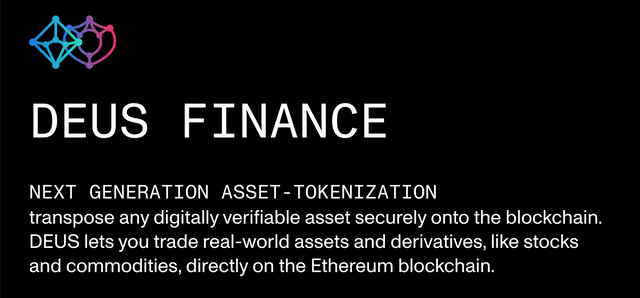
Demonstrating superior performance in synthetic assets, DEUS finance has realized the rapid synthesis of high-quality financial assets in reality (such as stocks, gold and commodities, etc.) and expressed them in ERC20 tokens.
At present, DEUS finance has a flash exchange trading platform Swap , which can conduct asset transactions such as ETH, DAI, USDC and DEUS ; SYNTHETICS is a synthetic asset trading platform of DEUS finance , and DAI can be used to purchase dTSLA (a synthetic asset form of Tesla stock) And other traditional financial assets.
On the DEUS platform, not only stablecoins and other cryptocurrencies can be traded, but also coinbase futures, bakkt futures, SP500, forex index, etc. can be purchased, and the asset pool function can be pledged and used .
2. Project highlights
1. Allow to simplify investment in cryptocurrencies in the form of blockchain derivatives
Traditional financial market synthetic assets are open to large and savvy investors, but in the cryptocurrency market, especially for permissionless smart contract platforms such as Ethereum, it is obvious that more extensive industry experience is needed to increase the probability of success In fact, the latter prefers small investors to obtain its income.
DEUS finance is a simple system that can synthesize encrypted assets issued on different public chains and traditional financial assets into ERC20 tokens. In theory, all assets you can think of can be synthesized, which will greatly reduce users’ Investment threshold .
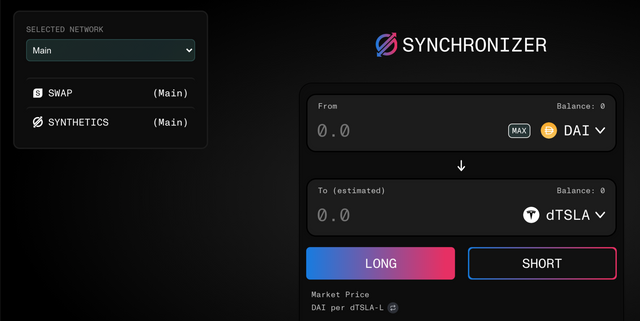
On DEUS finance, users can conduct cryptocurrency transactions without registration or KYC. Under AMM, cryptocurrency holders can perform asset management and gain income with one click. At the same time, it also allows more traditional investment managers to increase their risk management The entry of toolsets into this field has further expanded the crowd of cryptocurrency investors.
2. Make it easy for crypto investors to invest in traditional assets and commodities
One of the biggest challenges in this field is to put real-world assets on the chain in a trust-free manner, just like creating a stable currency collateralized by fiat currency, gaining synthetic price exposure to the U.S. dollar through transactions, without having to hand it over to a central counterparty. Custody of actual assets. DEUS finance also provides an active mechanism for real-world asset transactions on the chain, allowing users to gain price exposure faster.
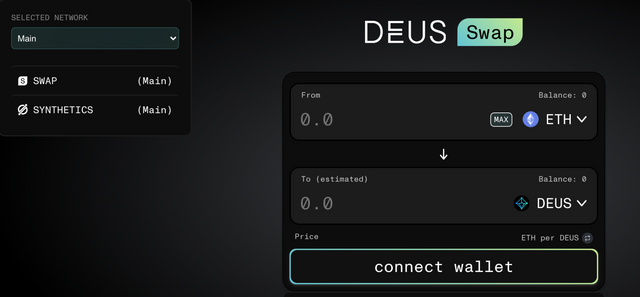
The DEUS finance agreement eliminates trust in third parties and provides a variety of methods for anyone to seamlessly trade traditional assets and commodity assets . All investors do not need to hold actual assets or physical objects to obtain asset positions, let alone provide collateral. Get price exposure, so that all users participating in DEUS finance can trade without trust and friction.
Through the prediction function to accurately synchronize price trends, anchor these trading objects to create a class of virtual assets, which can directly represent these traditional trading markets on the blockchain, copy their prices, and realize easy transactions on the chain.
3. The first product that allows the flexible combination of encrypted and non-encrypted assets in a basket
DEUS finance can regenerate the cash flow of almost any securities through a combination of instruments and derivatives, thus linking a broader financial market.
For example, suppose DEUS finance launched a 5-year bond on dTSLA (a synthetic asset form of Tesla stock), which is 600 basis points higher than the yield of U.S. Treasury bonds.
Buy 100,000 US dollars of 5-year US Treasury bonds and use them as collateral, and write (sell) a 5-year US$100,000 CDS contract, collect interest on US Treasury bonds, and receive 600 basis points of CDS annual income premium
If there is no default, the Treasury bond plus the CDS premium will get the same yield as the 5-year Tesla bond. If Tesla bonds default, the portfolio value will be Treasury bonds minus CDS expenditures, which is equivalent to the default loss on Tesla bonds. Therefore, no matter what happens (default or non-default), the return on the portfolio (national debt + CDS) is the same as owning Tesla bonds
Of course, this is just a bold idea, just to provide everyone with a space for imagination, but if it is really realized, DEUS finance will undoubtedly set up a bridge between the encryption economy and the traditional market, which is of extraordinary significance.
Three, team members
The team is composed of outstanding entrepreneurs and practitioners from various industries and fields around the world. They have amazing success stories and rich experience. The core team especially invests countless energy and money in technological innovation, except for hackers held in various countries. Actively participate in and collect talents in the marathon competition, and publish the developer plan frequently, launching offline evangelism about blockchain technology in a thunderous manner. The following is the core team member disclosure:
Founder: Lafayette Tabor

Lead Developer: Mahdi Heydari
Back end: Hoseyn, Vahid
Front-end development and design: Tom&Mali
Development Coordinator: Paslar
Head of Market: Alex
Virtual assistant: Hamza Hussein
Writer/Proofreader: Nazar
Community Ambassadors: PennPeul, Tomek, Patrick and DrVllmr
4. Project progress
At the beginning of the project preparation, the team already has a very clear roadmap. The new features that have been developed, not yet developed, and new features that need to be added in the future are deeply involved in each step of the road. The following is some of the technical progress announced:
Currently implemented:
- The road to L2-Mainnet
- Complete layer 2 solution
- Oracle for further decentralization
Gradually realized in the future:
- Create balancer pool Zapper
- Create a second layer bridge with other blockchains
- Develop other layer 2 functions, such as limit orders, stop losses, etc.
- Development of leveraged trading
- Add assets from stock exchanges around the world
- Develop the vault exit system
- Further safety audits are conducted by well-known brands. All contracts used will be reviewed.
Five, project comparison
In this session, four widely discussed synthetic projects will be selected in the market and compared with DEUS, and the advantages and disadvantages will be analyzed in terms of mortgage rate, community governance, calculation methods, supported asset types, and operating mechanisms. Listed as follows:
- Synthetix
- Mirror Protocol
- Universal Market Access (UMA)
- Linear Finance
- Wayki-X
1. Synthetix VS DEUS finance
Synthetix is considered to be the most difficult and most complicated level in Ethereum smart contracts in terms of project complexity or token model design. Synthetix, a centralized synthetic asset issuance agreement, uses over-collateralization to support financial services. Whether it is casting, synthesis, or rewards, it must maintain a mortgage rate of at least 750%, while DEUS finance can conduct transactions without providing collateral and provide strong liquidity. ;
Secondly, Synthetix uses a dynamic debt calculation method, which is one of its risks in synthetic asset holdings. DEUS finance uses a static debt calculation method. You only need to go to the conductor and select the price feed for the asset to be marked. , 0 loss and 0 transaction fee, when the value of synthetic assets held by users increases, the debt level will not increase accordingly;
Third, Synthetix point when the contract by the transaction, most of the price oracle centrally managed by Synthetix teams, and DEUS finance through fully decentralized intelligence contract to run, pre- speech engine will provide real-time on-demand and unlimited price , these prices are It is specific at the time required by the user, so that other users can seize the opportunity. In addition, Synthetix currently does not support shorting commodities and legal tender, which also highlights the comprehensiveness of DEUS finance's assets and functions.
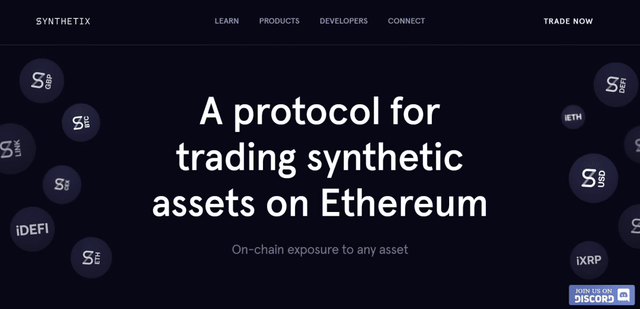
2.Mirror Protocol VS DEUS finance
Mirror Protocol is a synthetic asset casting and trading platform. All mAssets in the system mainly rely on UST for casting. UST is Terra's algorithmic stable currency. The anchor value of UST is algorithmically balanced by LUNA. Therefore, the stability of UST and mAssets is limited. For LUNA, if it encounters severe price fluctuations, the system may collapse. DEUS tokens balance the entire DEUS ecosystem by providing liquidity, and incentivize token holders to link the value of the token with the value of the entire ecosystem. To achieve stability, plus the establishment of DEA as a perfect complement to the low price sensitivity of DEUS tokens, all obtained by liquidity mining, users must first purchase DEA to become an LP (wbtc will be added as a pledge later), so that it is fundamentally solved Pledge leads to low capital efficiency and slow voting response speed, which leads to account explosions;
Mirror Protocol has not yet formed a large scale, the transaction volume is mainly concentrated in MIR, and the transaction volume of mAssets is low, which means that the user's loyalty to its core functions is low and the moat is lacking. DEUS finance currently ranks among the best in terms of asset volume, growth rate, user daily active registration, and major trading pairs. Subsequent DEUS finance will continue to update and iterate similar functions, and the structure of the synthetic asset platform will be rewritten accordingly.
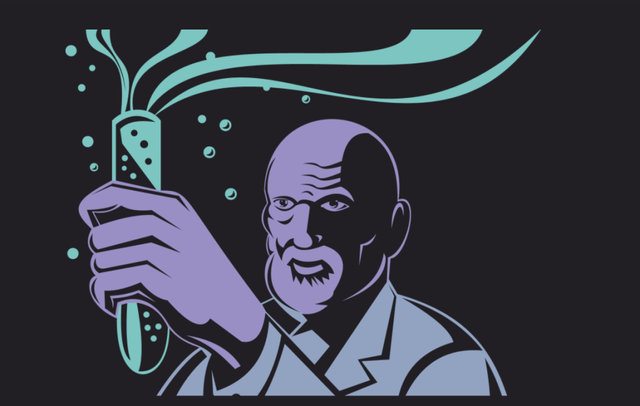
3.UMA VS DEUS finance
UMA is a decentralized protocol, which is built on Ethereum. All decisions of the project are left to community members for governance, relatively unverified by large-scale research. DEUS finance has transitioned from a decentralized autonomous organization (DAO) to a decentralized governance model , pursuing the brand new initiative advocated by the ultimate purpose of the blockchain. Management methods and get results;
In addition, when there is a risk or dispute in the contract, UMA needs to reach a consensus through voting to play a role, and DEUS has established a fail-safe mechanism supported by Ethereum assets- DEUS Reserve , which is designed as a period of treasury shortage. With this support mechanism, the DEUS ecosystem will achieve self-balance through its treasury, and the reserves may never be used.
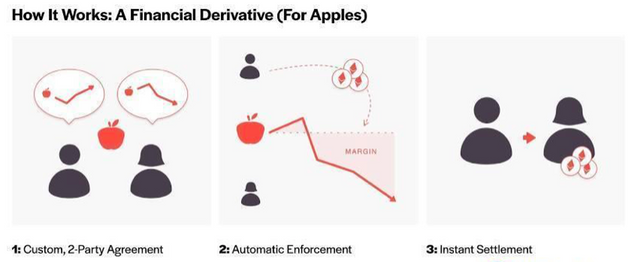
4.Linear Finance VS DEUS finance
Linear Finance is a decentralized synthetic asset protocol with cross-chain compatibility. Like Synthetix, it needs to mortgage assets at a rate of 500%, which is unmatched by DEUS ;
In addition, although cross-chain can enable synthetic assets to achieve low-cost and fast transactions between various ecosystems, this is only an emergency move. DEUS finance has a Layer 2 expansion solution and ETH 2.0 technical support . Linear Finance wants to To stand out on the DeFi synthetic asset track, it still faces many challenges.
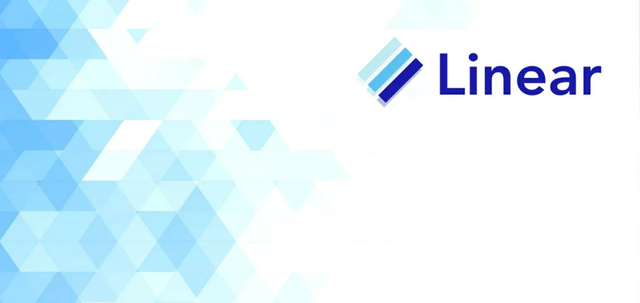
5. Wayki-X VS DEUS finance
Decentralized Synthetic Asset Protocol Wayki-X introduces stocks and stock indexes in traditional financial assets into the cryptocurrency market, but it does not have decentralized measures like DEUS to set up multiple protection systems for normal operation. DEUS is written into the Department of Finance in the smart contract Like the registry, under normal market conditions, the DEUS Treasury Department operates in a similar manner to credit card institutions. There are two types of registry: an index recorder, which functions like a financial derivative instrument, and safely mirrors assets with the help of an oracle; The other is a fund registrar, which holds actual assets. The registrar is managed by its owner. The owner will receive a certain percentage of its transaction value or performance. The fee is determined by the manager and communicated with other registrars. Cost competition;
This leads to another major advantage of DEUS, which is that synthetic assets can be traded for profit, and actual assets can be dividends . The DEUS Treasury Department (and reserves) are combined with index registrars to create a leverage effect within the DEUS ecosystem. Through 1:1 support, it allows the creation of more registrars than the reserve, which is sufficient to lend more than the reserve to the bank. The effects of more loans are comparable.
Six, token model
The DEUS finance platform adopts a dual-token model , and there are two kinds of tokens , DEUS and DEA :
1. DEUS — DEUS is an ecosystem token that can gain value appreciation from repurchase (smaller fluctuations)
In essence, DEUS has no upper limit of supply, and its liquidity is very high.
2. DEA-mining revenue tokens, which can benefit from transaction fees, with low circulation and high demand (greater fluctuations)
DEA, a fixed supply of 166,670 tokens, used for part of the mortgage agreement.
Seven, risk description
In some cases, it is possible to develop synthetic assets only when the underlying assets reach a critical scale of liquidity. If the underlying assets lack liquidity, creating synthetic assets will not make sense because it is more likely to reduce economic returns.
As market makers began to manage their credit assets more actively, and adopted two-way price quotations on a series of credit derivatives, coupled with the success of DEUS finance to drive a virtuous circle of continuous liquidity, investors passed Total Return Swaps (TRS) The opportunity to participate in synthetic credit positions is improved. As a strong two-way market begins to take shape, the bid-ask spread for synthetic assets will shrink, which will attract more end users who are eager to obtain or transfer synthetic credit assets.
Synthetic assets are complex financial instruments, and they may also bring risks that we do not yet know about the security of the protocol. According to official sources from DEUS finance, the first external audit of the project conducted by Solidity.finance did not find any security issues in the smart contract . It turns out that the market with protocols like DEUS finance can support a large number of credit certificates and continue Play an important role in traditional financial markets.
8. Future prospects
DEUS finance brings a new gameplay of synthetic assets to the DeFi world, providing a complete product of casting, trading, and position management, which can realize a truly global financial market.
1. Let risks be transferred globally without permission without trust . This means that anyone can freely enter any financial market as long as they have an Internet connection and encrypted assets;
2. Let individuals no longer be restricted by the financial environment , whether individuals, the US Securities and Exchange Commission (SEC) or companies can participate in financial transactions through credible financial derivatives;
3. Risk becomes universal and programmable : Financial smart contracts can be used to hedge financial risks, trading or investing in all types of assets in the financial market, opening up a large number of opportunities for decentralized financial products.